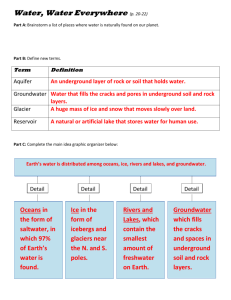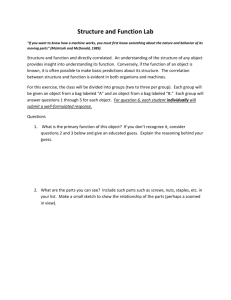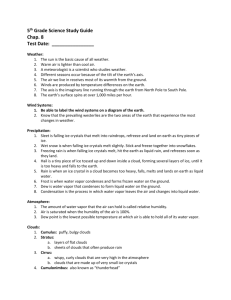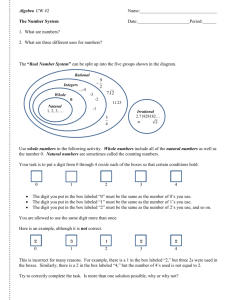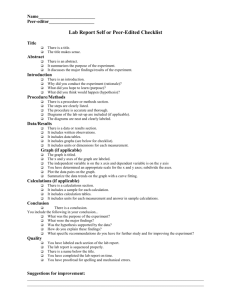File
advertisement
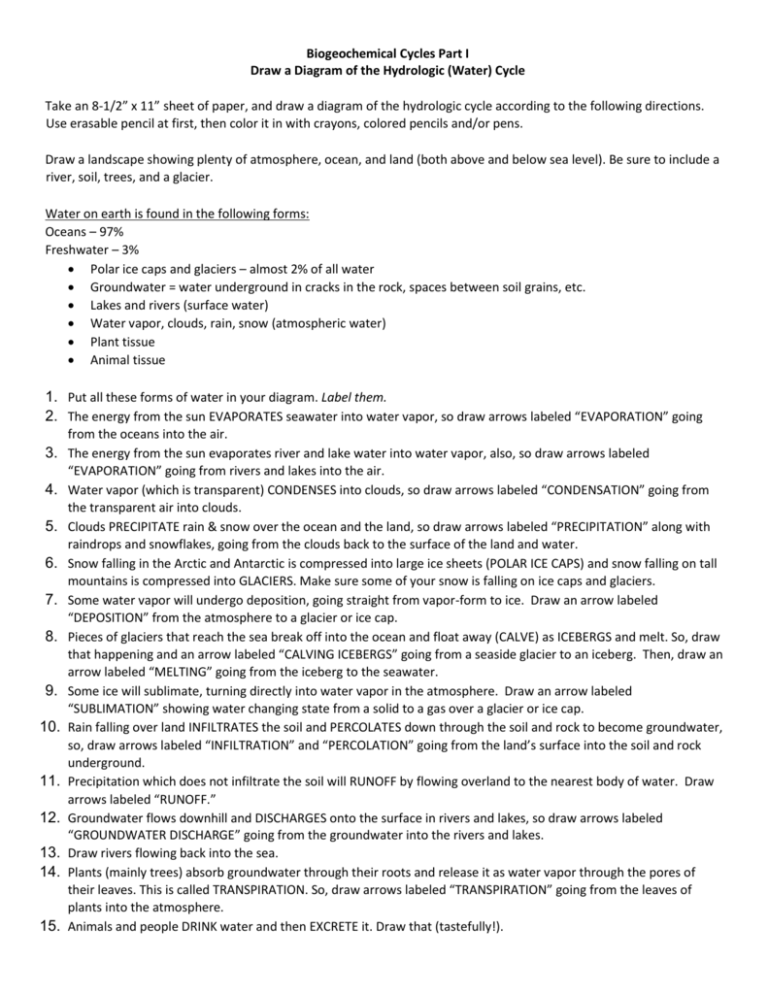
Biogeochemical Cycles Part I Draw a Diagram of the Hydrologic (Water) Cycle Take an 8-1/2” x 11” sheet of paper, and draw a diagram of the hydrologic cycle according to the following directions. Use erasable pencil at first, then color it in with crayons, colored pencils and/or pens. Draw a landscape showing plenty of atmosphere, ocean, and land (both above and below sea level). Be sure to include a river, soil, trees, and a glacier. Water on earth is found in the following forms: Oceans – 97% Freshwater – 3% Polar ice caps and glaciers – almost 2% of all water Groundwater = water underground in cracks in the rock, spaces between soil grains, etc. Lakes and rivers (surface water) Water vapor, clouds, rain, snow (atmospheric water) Plant tissue Animal tissue 1. Put all these forms of water in your diagram. Label them. 2. The energy from the sun EVAPORATES seawater into water vapor, so draw arrows labeled “EVAPORATION” going 3. 4. 5. 6. 7. 8. 9. 10. 11. 12. 13. 14. 15. from the oceans into the air. The energy from the sun evaporates river and lake water into water vapor, also, so draw arrows labeled “EVAPORATION” going from rivers and lakes into the air. Water vapor (which is transparent) CONDENSES into clouds, so draw arrows labeled “CONDENSATION” going from the transparent air into clouds. Clouds PRECIPITATE rain & snow over the ocean and the land, so draw arrows labeled “PRECIPITATION” along with raindrops and snowflakes, going from the clouds back to the surface of the land and water. Snow falling in the Arctic and Antarctic is compressed into large ice sheets (POLAR ICE CAPS) and snow falling on tall mountains is compressed into GLACIERS. Make sure some of your snow is falling on ice caps and glaciers. Some water vapor will undergo deposition, going straight from vapor-form to ice. Draw an arrow labeled “DEPOSITION” from the atmosphere to a glacier or ice cap. Pieces of glaciers that reach the sea break off into the ocean and float away (CALVE) as ICEBERGS and melt. So, draw that happening and an arrow labeled “CALVING ICEBERGS” going from a seaside glacier to an iceberg. Then, draw an arrow labeled “MELTING” going from the iceberg to the seawater. Some ice will sublimate, turning directly into water vapor in the atmosphere. Draw an arrow labeled “SUBLIMATION” showing water changing state from a solid to a gas over a glacier or ice cap. Rain falling over land INFILTRATES the soil and PERCOLATES down through the soil and rock to become groundwater, so, draw arrows labeled “INFILTRATION” and “PERCOLATION” going from the land’s surface into the soil and rock underground. Precipitation which does not infiltrate the soil will RUNOFF by flowing overland to the nearest body of water. Draw arrows labeled “RUNOFF.” Groundwater flows downhill and DISCHARGES onto the surface in rivers and lakes, so draw arrows labeled “GROUNDWATER DISCHARGE” going from the groundwater into the rivers and lakes. Draw rivers flowing back into the sea. Plants (mainly trees) absorb groundwater through their roots and release it as water vapor through the pores of their leaves. This is called TRANSPIRATION. So, draw arrows labeled “TRANSPIRATION” going from the leaves of plants into the atmosphere. Animals and people DRINK water and then EXCRETE it. Draw that (tastefully!).

